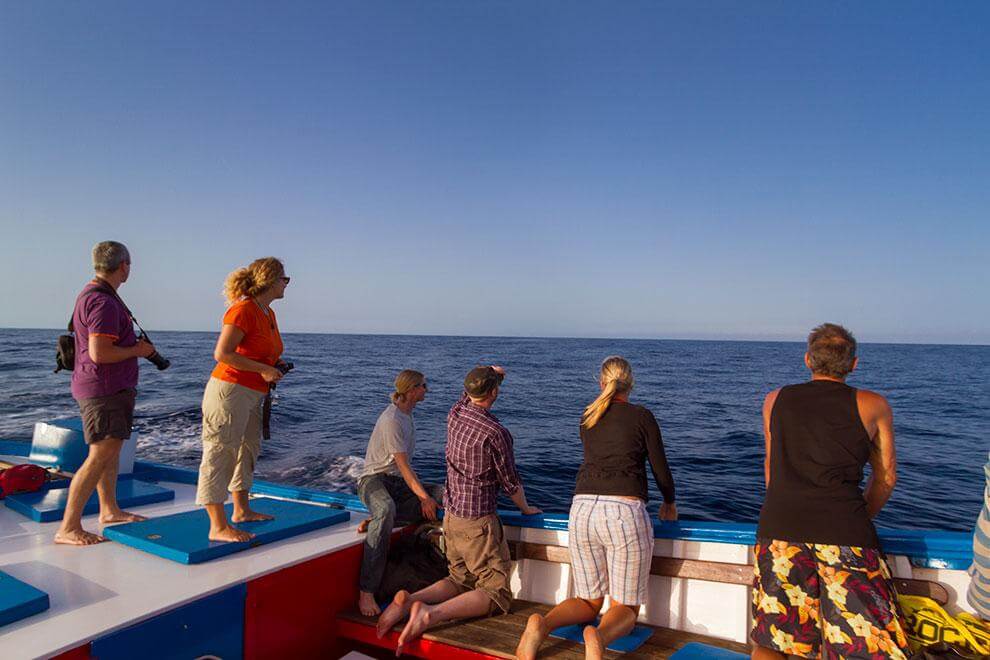This is an illustration of how to manage the wish of the tourist to observe cetaceans in the Canary Islands whilst protecting the wellbeing of the marine mammals.


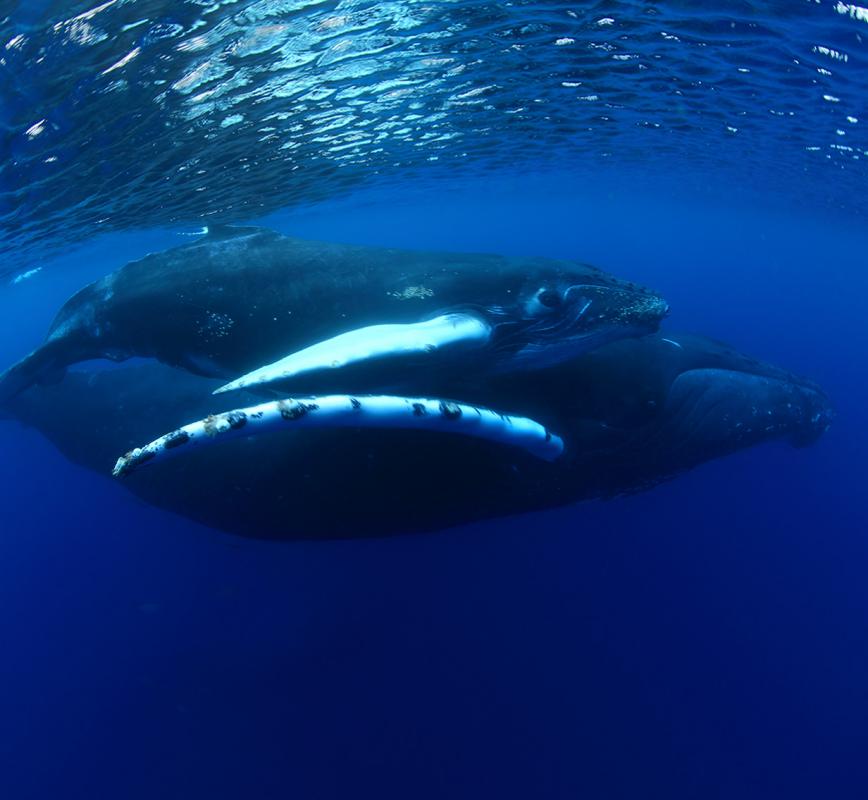
Few places in the world, let alone in Europe, boast natural beauty like the Canary Islands. Swimming in the beautiful sea water that surrounds the archipelago are at least twenty-eight different species of whales and dolphins. Some of the mammals reside in the area and others are on a migratory stop-off. The oceanic habits of these animals is in need of being better understood. So, it is lucky that the Canary archipelago is one of the few places where species such as the short-finned pilot whale, the Atlantic spotted dolphin or the Bryde’s whale can be regularly observed. There are only a few other places in the world where it is possible to observe up to nine different species in a single day. Fortunately, the unusual geographical and oceanographic characteristics of the Canary Islands constitute the right habitat for a wide range of cetaceans.
There are few sights in life as remarkable as seeing the sudden swish of a cetacean as it pulls up to the surface. It is understandable that spotting whales, dolphins, sperm whales and other cetaceans is a major tourist attraction. But this poses questions as to how tourist demand can be managed responsibly.
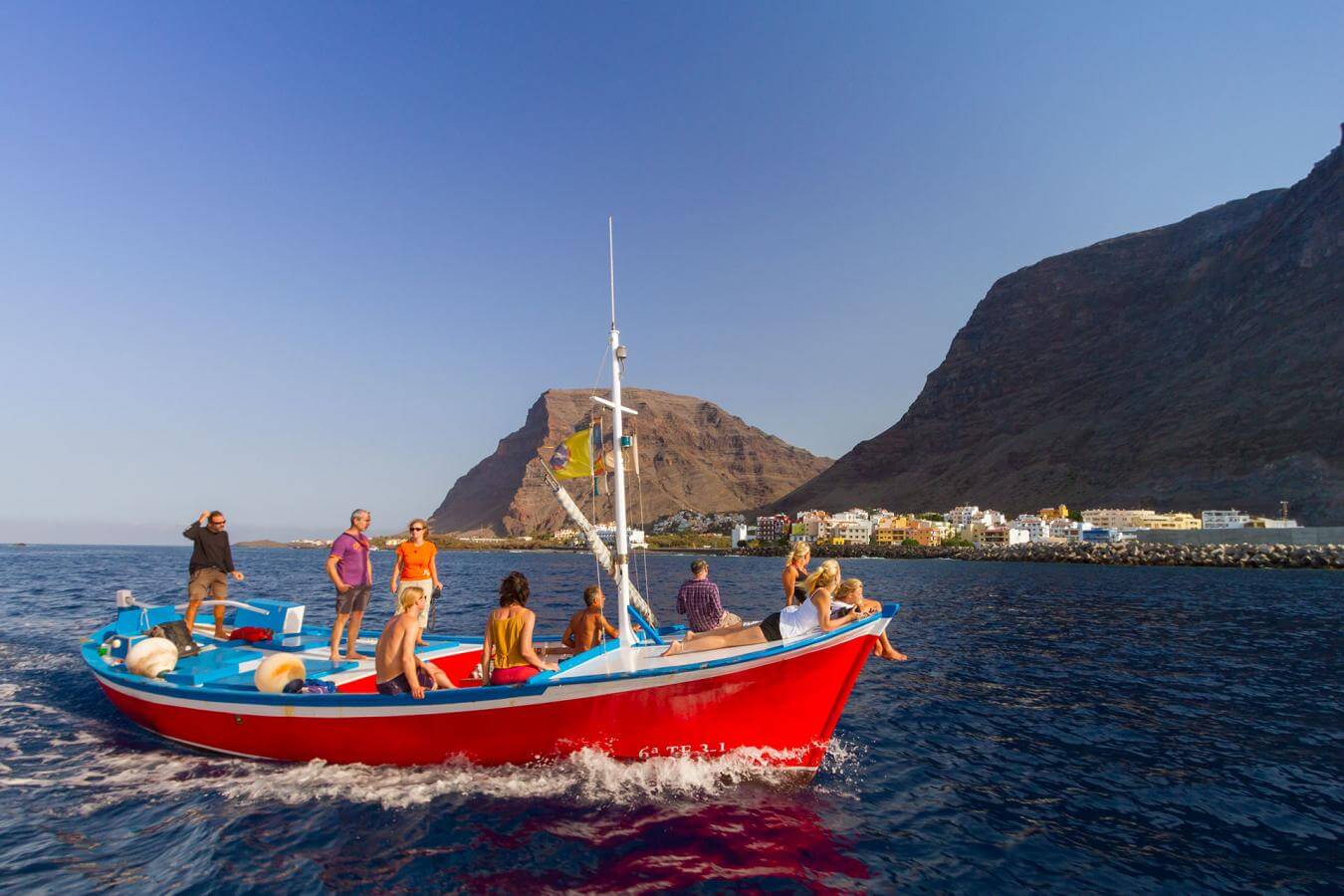

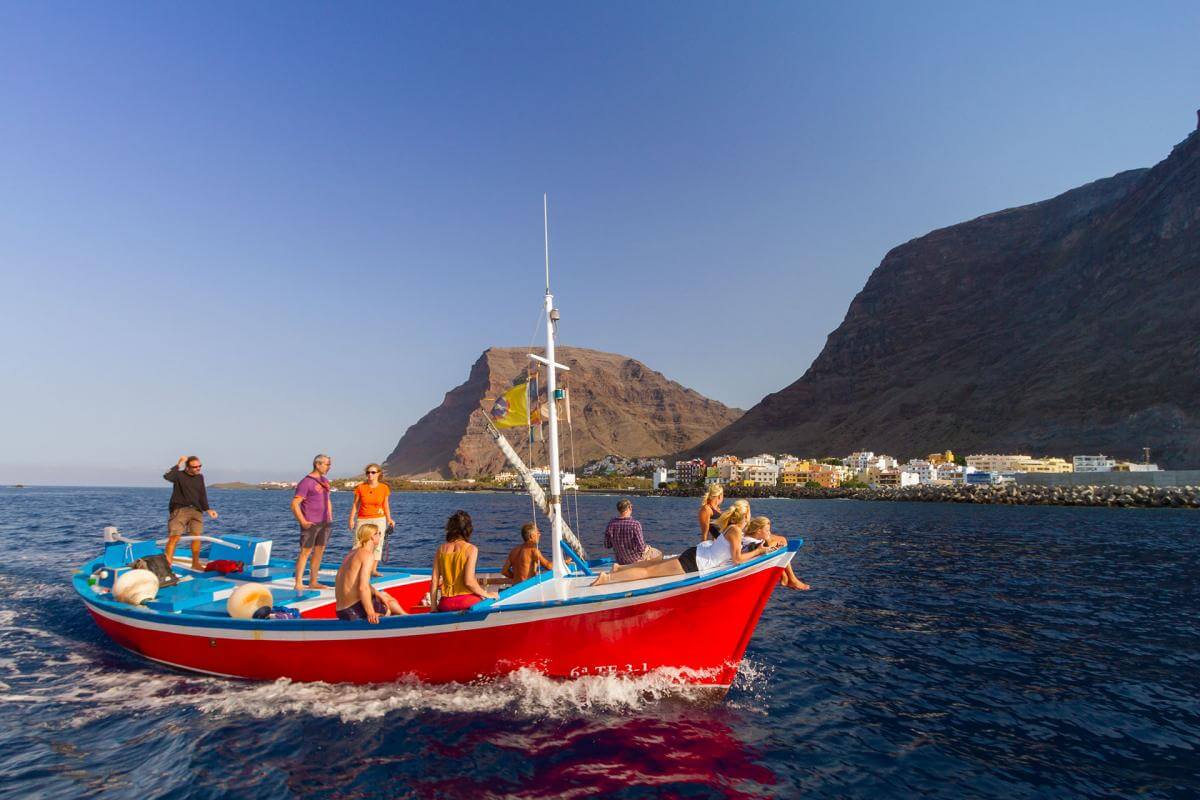
A protected species
Cetaceans are protected by regional, national and European regulations as well as by specific conventions ratified by the Spanish state (such as those signed in Bonn and Bern). Several parts of the Canary Islands are specifically protected under the remit of a Special Conservation Zone (ZEC) as specified by the Natura 2000 network. The Society for the Study of Cetaceans in the Canary Islands (SECAC) outlines the importance of the Canary Islands in the protection of cetaceans: “several species present in Canary Islands are little known in the rest of the world. The archipelago is an ideal laboratory for research and conservation work to be carried out on these marine mammals.”



Dangers of boat saturation
Elsa Jiménez is director of the Cram Foundation, a private non-profit organization dedicated to the protection of the marine environment. “The saturation of boats in places where cetaceans live can affect their lives,” she says. “For example, noise from boat engines can impair communication. It can distort messages between the animals.” Collusions with boats are also a risk factor for the animals. Boat saturation has also been shown to cause the animals stress.
Blue Boat Badge
Responsible tourism is vital. This is why the blue boat badge scheme for cetacean trips has been extended. The yellow flag with the blue boat logo inside certifies that the particular boat complies with laws that guarantee cetaceans a full and happy life. This means, for instance, that tourists are forbidden from feeding or bathing with the animals. Also, boats must maintain a safe distance of sixty meters and approach animals slowly. Boats are asked to avoid sudden and repeated changes of direction. Engine revs and gear changes should be minimalized. Interaction with the animals should last no longer than half an hour. Tourists are asked to be quiet when they are close to the cetaceans. If a build-up of boats develops, vessels should disperse.



Cetacean well-being
“It’s more about being careful than prohibition,” says Elsa Jiménez. “It’s important to remember that this is a tourist activity which has potential to educate and raise awareness.” Jiménez thinks that scientists are vital. They play a key role as advisors. It is through their knowledge that the well-being of the cetaceans is protected. “Cetacean population numbers are more or less stable. We have good knowledge of the areas the animals go through, their routines and behaviours,” Jiménez adds.






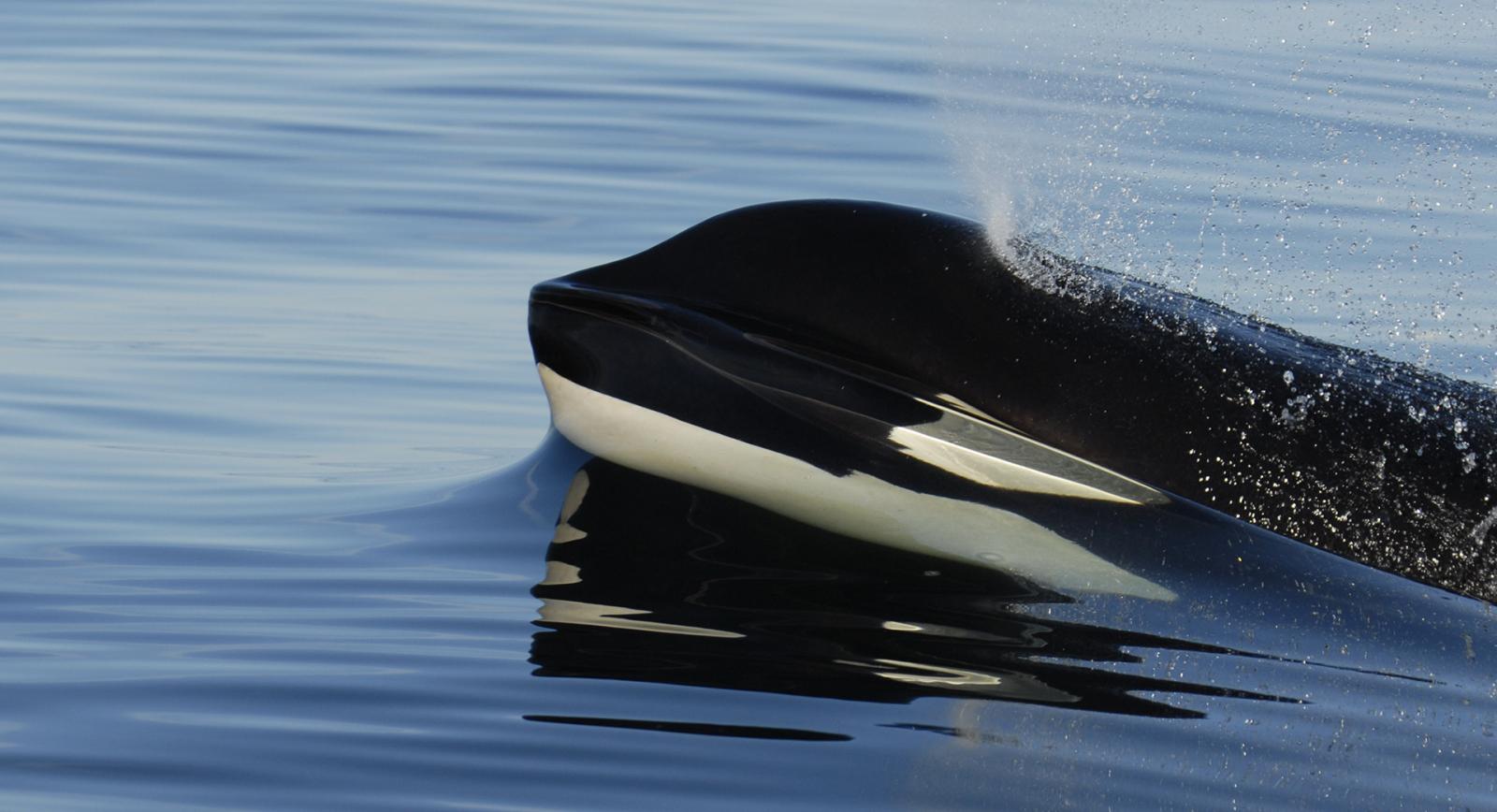


Respect the environment for the cetaceans
"In short," says Jiménez, "it is about respecting the environment in which the cetaceans live." This can be done by following guidelines such as those established by the blue boat seal. But it’s also important that visitors think about their own behaviour. It is vital that rubbish is not thrown into the beautiful water around the Canary Islands. With the help of good regulation and responsible visitors, cetacean watching in the waters around the Canary Islands can be enjoyed for many years to come.

